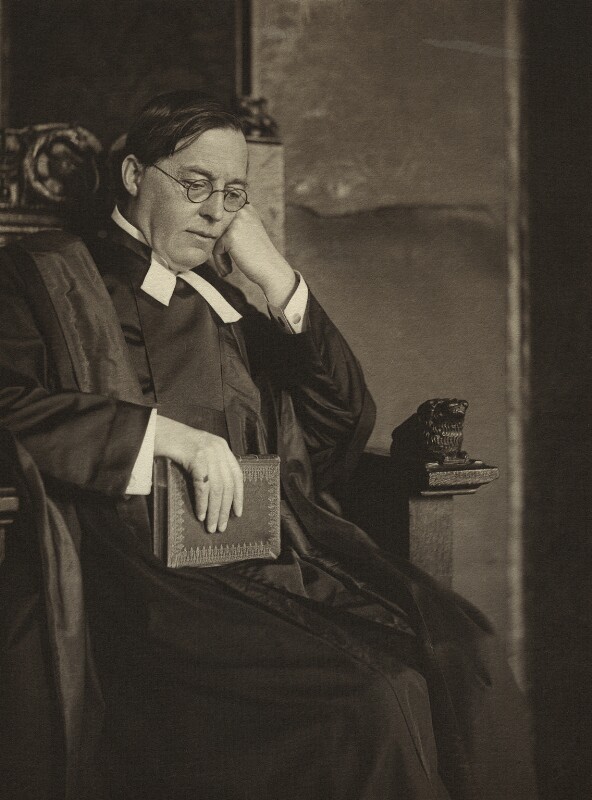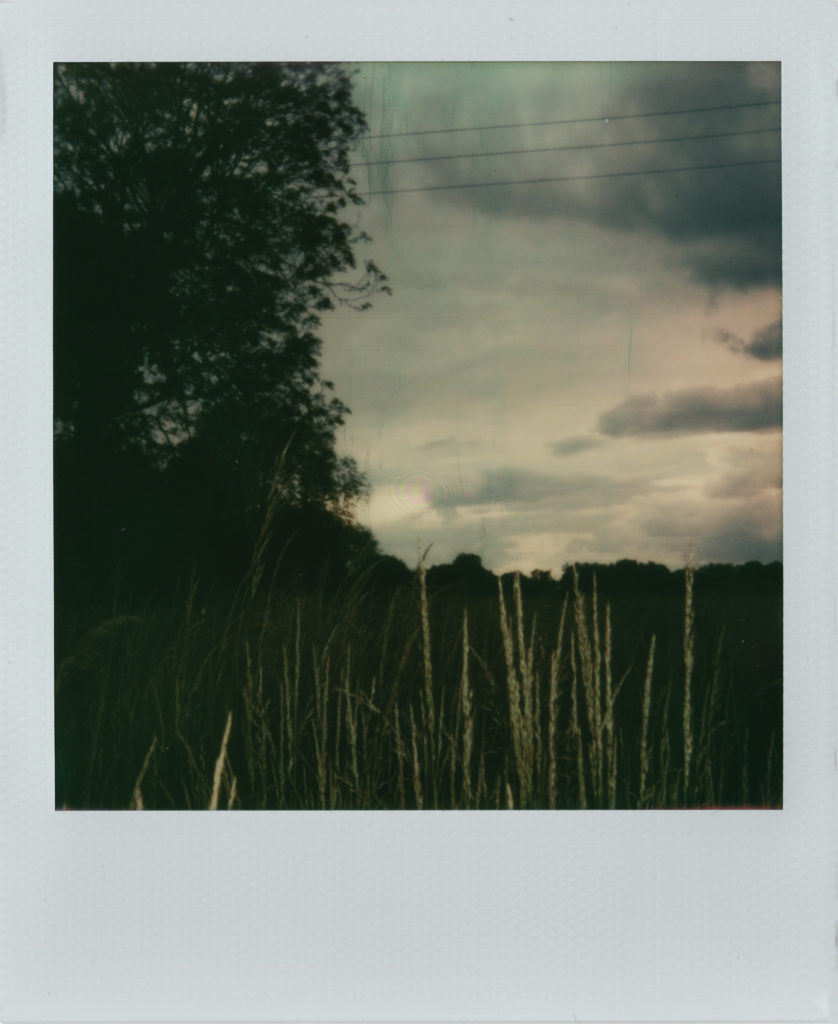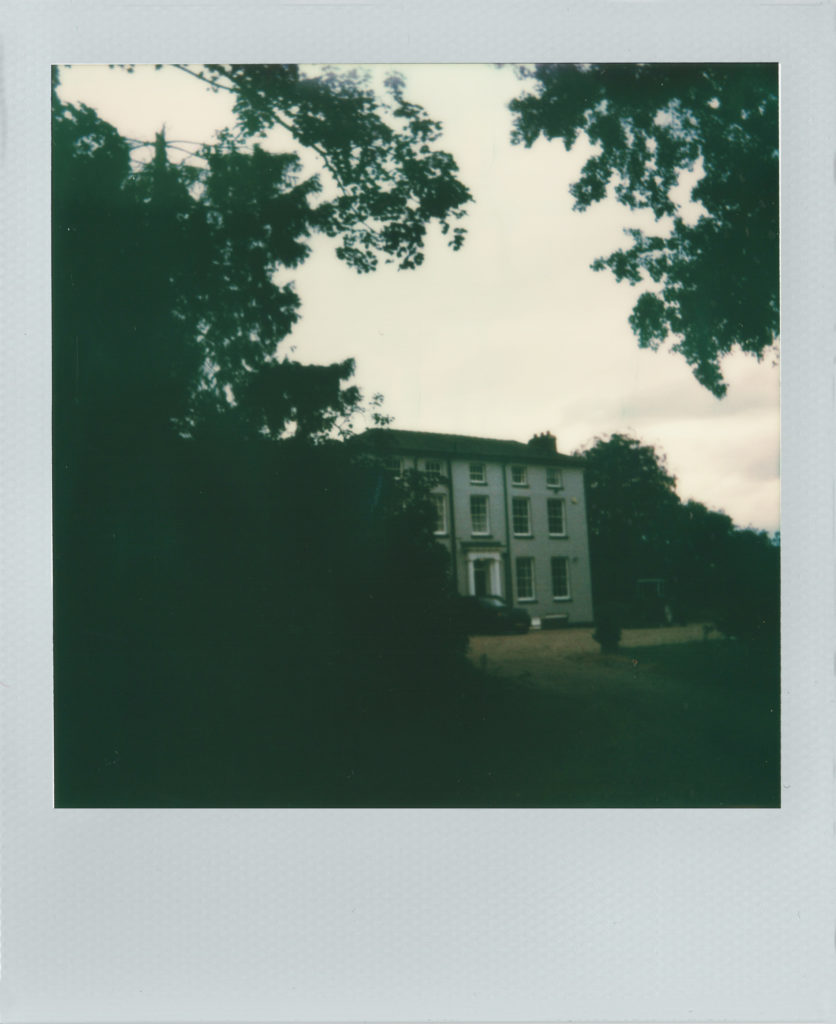In his latest column, Adam Scovell visits the eerie East Anglian house in which the ghost story writer M. R. James grew up.

Some landscapes become unsettled after reading the ghost stories of M.R. James. With an eye for place and a personally inflected detail bringing authenticity to their recreation, James turned rural landscapes into realms where vengeful demons roamed the northern aspects of country churchyards, and cursed whistles lay in wait just under the crumbling earth. Though equally at home in Eton and King’s College Cambridge, having been Provost of both, James’ heart lay in the East Anglian landscape; hazy, flat and with endless horizons.
Though such landscapes feature in only a handful of his noted ghost stories – as well as his book detailing his cycling ventures in search of churches, Suffolk and Norfolk: A Perambulation of the Two Counties with Notices of their History and their Ancient Buildings (1933) – such is their effective rendering that it’s difficult to envisage his ghosts without first seeing those evocative topographies stretching out into the distance. Horizon lines in James’ work are threatening – not in their picturesque beauty or the way the sinking sun brings out the red rage of the sky – but in the constant threat that they may be broken by something. A figure perhaps? Or some fiend?
This was the landscape of James’ childhood, arguably one of the key pillars of what would stabilise his ghost stories. As Mark Gatiss suggested in his 2013 documentary M.R. James: Ghost Writer, “The roots of Monty’s stories lay in his childhood in England where his fascination with history and the supernatural was shaped.” Though born in Kent, James’ family moved to Suffolk when he was three. James’ father Herbert James was offered the parish at Great Livermere which included the grand housing of The Rectory, all gained from Jane Anne Broke, a relative to Herbert by marriage. James’ childhood there was a happy one but also an unusual one, surrounded by extensive images of religious antiquity.
Michael Cox, James’ biographer, has suggested that his childhood here was pivotal. “The countryside immediately surrounding Livermere Rectory”, he wrote, “made a lasting impression on Monty.” This is never more obvious in James’ output than in his final published ghost story, one which was never collected in his previous volumes but instead published in the London Mercury periodical in 1936. The story is called A Vignette and is an unusually autobiographical tale, clearly lifted from James’ childhood at what is now Livermere Hall. “You are asked to think of the spacious garden of a country rectory,” he begins, “adjacent to a park of many acres, and separated therefrom by a belt of trees of some age which we knew as the Plantation. It is but about thirty or forty yards broad. A close gate of split oak leads to it from the path encircling the garden, and when you enter it from the side you put your hand through a square hole cut in it and lift the hook to pass along to the iron gate which admits to the park from the plantation…” This is precisely the geography of the rectory.
The tale is poignant as, like in other aspects of James’ work, there’s a sense of reality behind it. However, the difference here is that James’ mode feels eerily confessional rather than simply sticking to what he knew, as if genuinely detailing a childhood encounter with the supernatural. The ghost manifests in one of his most unusual of depictions, seeming to appear on the other side of the gate, its description bizarrely sexual in tone; the ghost “hot” and “pink”. But the geography of the story is key, the essence of a child’s perception aided by unusual details clearly taken from memory:
“I must not by the way give the impression that the whole of the Plantation was haunted ground. There were trees there most admirably devised for climbing and reading in; there was a wall, along the top of which you could walk for many hundred yards and reach a frequented road, passing farmyard and familiar houses; and once in the park, which had its own delights of wood and water, you were well out of range of anything suspicious — or, if that is too much to say, of anything that suggested the Plantation gate.”
After visiting so many James-related sites over the years – from his grave in Eton to the Aldeburgh locations that inspired his story A Warning to the Curious – it felt right to finally visit this haunted childhood home. Even on a trip venturing around different parts of Suffolk, Great Livermere was out of the way from other destinations, perhaps all destinations, but it was somewhere to visit all the same. Like many East Anglian locations, it’s somewhere to go to rather than pass through. With dusk threatening, I wanted to find some of the details that James discussed, the woodlands and the gate in particular, before darkness finally arrived.
The small village was empty of people, marked as even more unusual a place by a travelling insect circus whose cart was sat in a driveway. The light was fading quickly and so I wandered around the moss-covered stone wall of the house and up the drive. The house was now a private mansion, littered with expensive cars, yet still retained an indescribable something that made it more than simply a large, expensive property. The wall was shadowed by trees which extended all of the way around the property like a barrier. There was a rusted gate, more organic than metal, though it wasn’t far enough to be the gate of the story.
I remembered that, in another documentary on James, Clive Dunn’s A Pleasing Terror (1995), the spot in question is visited after being photographed by Michael Cox. Behind the house lies the land in question, stretching as far as the eye can see towards the woods and beyond. East Anglian skies forever threaten to drown the land, such is their constant expanse like an upended sea. Unlike in the documentary, in which a local points out where the gate was, the land today has been left to overgrow; the wall now protected by a healthy current of nettles and then entanglements of bramble and ivy. I wandered closer but could barely make out the wall, never mind its haunted gap. My eye instead turned to the land as it retreated, the sunset fragmenting the sky into an array of rich reds and purples. I crouched down in the squeaking reeds and damp long grass wondering what I would capture on my Polaroid. The rusted gate, on the other hand, resisted three separate Polaroids; some things simply don’t want to be photographed.

James’ final story feels like an explanation of sorts, a portrait of an event which haunted him for the rest of his life, moulding an interest in the supernatural which, with the dry academic rigour of his life, required some later release. If the story is truly confessional, then Great Livermere is the root behind much of his work; a location in which the trees watch on, shrouds hover behind creaking oak gates and the solitude of the Brecklands is constantly threatened by things as yet unseen. I walked quickly along the gravel path back to the car as the sun dived below and darkness swept across the fields with unusual agency. I shuffled my feet in the gravel deliberately with each step, hiding the sound of any potential crunching following my own. Such things have, after all, been known.
